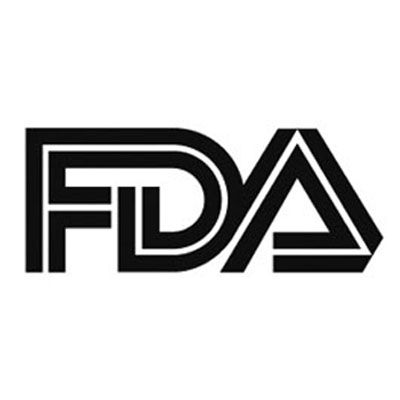FDA Grants Capmatinib Breakthrough Designation for MET+ NSCLC
The FDA has granted capmatinib a breakthrough therapy designation as a first-line treatment for patients with <em>MET </em>exon 14 skipping mutation–positive non–small cell lung cancer.

The FDA has granted capmatinib (INC280) a breakthrough therapy designation as a first-line treatment for patients withMETexon 14 skipping mutationpositive non–small cell lung cancer (NSCLC).1
The designation comes as a result of the positive results seen in the GEOMETRY mono-1 trial presented at the 2019 ASCO Annual Meeting, which showed an objective response rate (ORR) of 67.9% in newly diagnosed patients withMETexon 14altered NSCLC who were treated with capmatinib.2
An FDA breakthrough therapy designation acknowledges that the drug targets a serious or life-threatening disease and shows improvement over existing treatments. TheMETgene has been concluded to be an oncogenic driver of NSCLC; the mutation is estimated to occur in about 3% to 4% of all cases of NSCLC and is associated with a poor prognosis. The designation also allows for expedited development and regulatory review of the agent by the FDA.
“As we continue to reimagine medicine and place a renewed focus on the development of innovative lung cancer treatments, we look forward to working with the FDA and global health authorities to bring capmatinib to patients who currently have no available targeted therapy options,” John Tsai, MD, head of global drug development and chief medical officer of Novartis, said in a press release.
The investigational, oral, potent and selective MET inhibitor was investigated in the phase II GEOMETRY mono-1 trial across a number of cohorts. Data presented at ASCO covered patients who were treatment naïve as well as patients who were treated with capmatinib in the second- or third-line setting.2
Among the pretreated patients, the ORR by independent review was 40.6% (95% CI, 28.9%-53.1%) and the disease control rate (DCR) was 78.3% (95% CI, 66.7%-87.3%). The median duration of response (DOR) was 9.72 months and the median progression-free survival (PFS) was 5.42 months.
In the treatment-naïve cohort, the ORR by independent review was 67.9% (95% CI, 47.6%-84.1%) and the DCR was 96.4% (95% CI, 81.7%-99.9%). The median DOR was 11.14 months and the median PFS was 9.69 months.
More than 10% of newly diagnosed patients had brain metastases along with 15.9% of the pretreated patients. Of these, approximately half (54%; 7 of 13) experienced an intracranial response, with 4 patients experiencing a complete resolution of their brain lesions. The intracranial DCR was 92.3%.
Across the entire GEOMETRY study (n = 334 patients), grade 3 treatment-related adverse events (AEs) were observed in 31.1% of patients and grade 4 events in 4.5%. Peripheral edema was the most common grade 3/4 event (7.5%) followed by fatigue (3.0%). The most common treatment-related AE of any grade was peripheral edema (41.6%), nausea (33.2%), increased blood creatinine (19.5%), and vomiting (18.9%).
References
- Novartis investigational lung cancer therapy capmatinib (INC280) granted FDA Breakthrough Therapy Designation for patients with MET-mutated advanced non-small cell lung cancer [press release]. Basel: Novartis; September 6, 2019. https://bit.ly/2lCvaSy. Accessed September 6, 2019.
- Wolf J, Setons T, Han J-Y, et al. Capmatinib (INC280) in METΔex14-mutated advanced non-small cell lung cancer (NSCLC): Efficacy data from the phase II GEOMETRY mono-1 study.J Clin Oncol. 2019;37(suppl; abstr 9004).